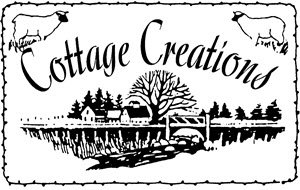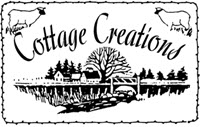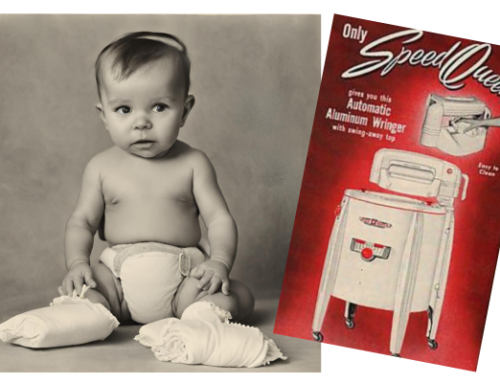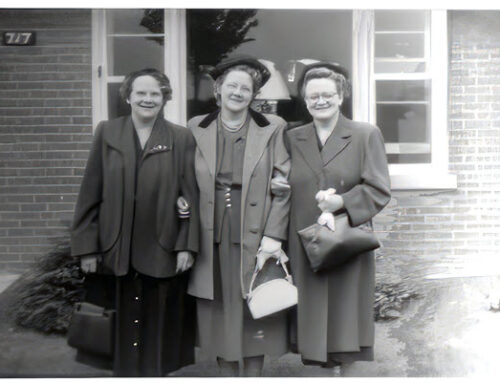Mary Lou Lewis, Shirley Perau and I were all seniors looking forward to graduation from Osage High School, May 1954. Chatting, we discovered we each had sixth period open our last semester, and investigating options, discovered there weren’t any – we’d be in study hall.
But then we discovered a possibility – industrial arts. During those first years at the new high school the home economics, industrial arts and future farmer classes remained on the old campus where Lincoln Elementary is now located. Students were bussed to and fro to those classes.
Miss Dockerty, our guidance counselor, denied our request but determined, we took our plea to the school board. When the board learned the class we wanted to take was a ninth-grade offering, they acquiesced. I suppose they might have refused had we wanted to take it with our peers, thinking flirtation our main motive.
It couldn’t have worked out better. The freshman boys treated us with respect and they were very helpful. I don’t remember what projects Mary Lou or Shirley undertook, but I still have, and use, mine – a rolling pin.
Over sixty years old, the rolling pin is as beautiful today as it was the day I brought it home to show my parents. I remember Mr. Graf helping me select the wood, suggesting maple to be the most appropriate. I know I had help from the guys cutting the plank into four lengths, then sanding, gluing, and clamping the boards together. Of course, I was clueless as to what I needed to do next.
Mr. Graf introduced me to the lathe and the various “turning” tools I would use to shape the square chunk of maple into a useable kitchen necessity. It took weeks for this timid woodworker to get comfortable with the “chisel-like objects,” the machine noise, and my fears. Encouragement from the underclassmen meant much to a complete novice.
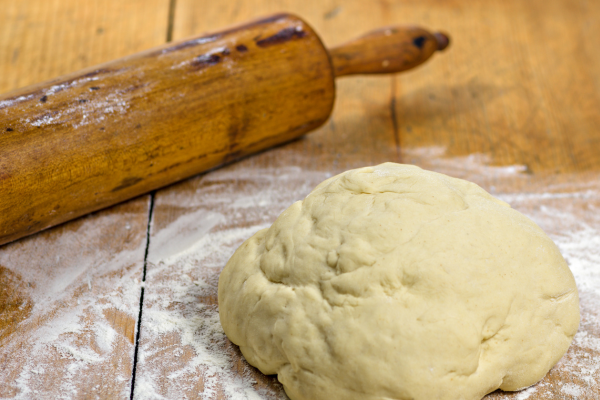 After several weeks I managed to have an eighteen-inch, three-inch diameter maple cylinder. Next, I had to create matching handles at each end of the block – seemed a daunting objective. If I became too aggressive with a chisel, I could easily ruin the project. It would be very easy to put too much pressure on the tool and then sever the proposed handle. So, the plan was to chip away a bit at a time, first at one end, then the other.
After several weeks I managed to have an eighteen-inch, three-inch diameter maple cylinder. Next, I had to create matching handles at each end of the block – seemed a daunting objective. If I became too aggressive with a chisel, I could easily ruin the project. It would be very easy to put too much pressure on the tool and then sever the proposed handle. So, the plan was to chip away a bit at a time, first at one end, then the other.
I’ll bet I spent a month shaping the handles. I can’t remember who helped me remove my project from the lathe to finish the ends. When he critiqued the finished item, Mr. Graf felt the handles were a bit too narrow and he feared the rolling pin wouldn’t last many years. He cautioned me never to let it soak in dishwater, because it would cause the glue joints to loosen.
Perhaps I haven’t made enough pies, or rolled enough cookie dough, or crushed enough graham cracker crumbs, because after sixty years my cherished rolling pin is still looking good. I think my kids will someday bicker over who will inherit it, because they’ve certainly heard the story of its origin many times.
An addendum: I probably wrote this story ten years ago, but since the time I wrote it, something has happened. Probably three years ago, as I was putting the rolling pin back in the drawer, I dropped it and one handle broke off, so Mr. Graf was right. I felt so bad I actually cried. But Paul came to the rescue – he went to the shop and on his lathe turned out a new one, then managed to join it to the original without any sign of repair. So, I still have it, albeit it is no longer in its original state. (February, 2021)

